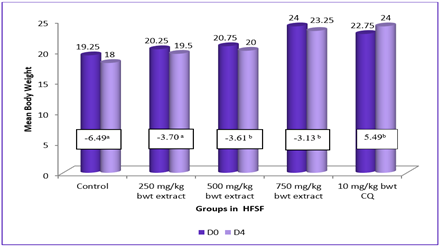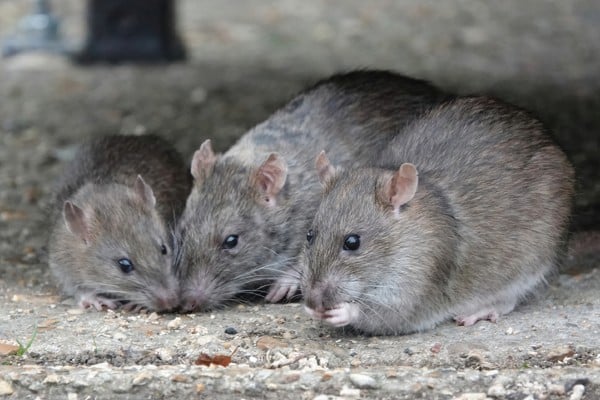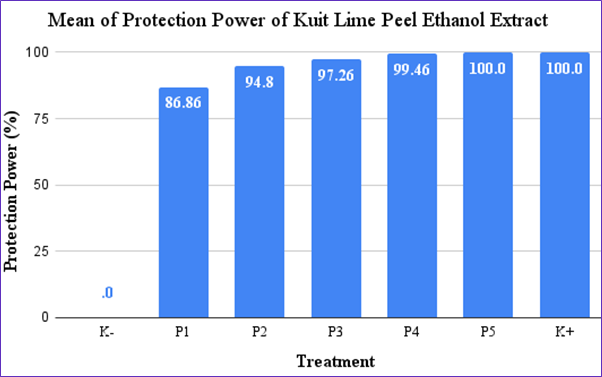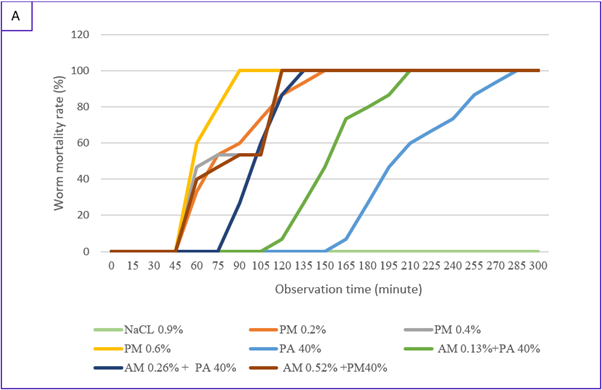Identification Of Gastrointestinal Protozoa Of Swine (Sus sp.) In Surabaya Slaughterhouse In Dry Season
Downloads
Surabaya slaughterhouse provides pork cuts from several swine farms. Prior to slaughter, the swine were placed in a temporary pen which allows the transmission of gastrointestinal protozoa to fellow swine and to humans at the Surabaya slaughterhouse. This research was conducted to identify gastrointestinal protozoa of swine that slaughtered in Surabaya slaughterhouse. Total of 100 fecal samples was observed using native method, sedimentation method, Fulleborne floating method and Ziehl neelsen method. Based on the results, there were 47 samples positive. The protozoa found included Balantidium sp. with 46% prevalence, Eimeria sp. / Isospora sp. with 32% prevalence, Entamoeba sp. with 24% prevalence, and Blastocystis sp.with 12% prevalence.

This work is licensed under a Creative Commons Attribution-NonCommercial-ShareAlike 4.0 International License.
- Every manuscript submitted to must observe the policy and terms set by the Journal of Parasite Science
- Publication rights to manuscript content published by the Journal of Parasite Science is owned by the Journal of Parasite Science with the consent and approval of the author(s) concerned
- Authors and other parties are bound to the Creative Commons Attribution-NonCommercial-ShareAlike 4.0 International License for the published articles, legal formal aspect of journal publication accessibility refers to Creative Commons Attribution-NonCommercial-ShareAlike 4.0 International License (CC BY-NC-SA)
- By submitting the manuscript, the author agrees to the requirement that the copyright of the submitted article will be transferred to Journal of Parasite Science as the publisher of the journal. The intended copyright includes the right to publish articles in various forms (including reprints). journal of parasite science retains the publishing rights to published articles.

































